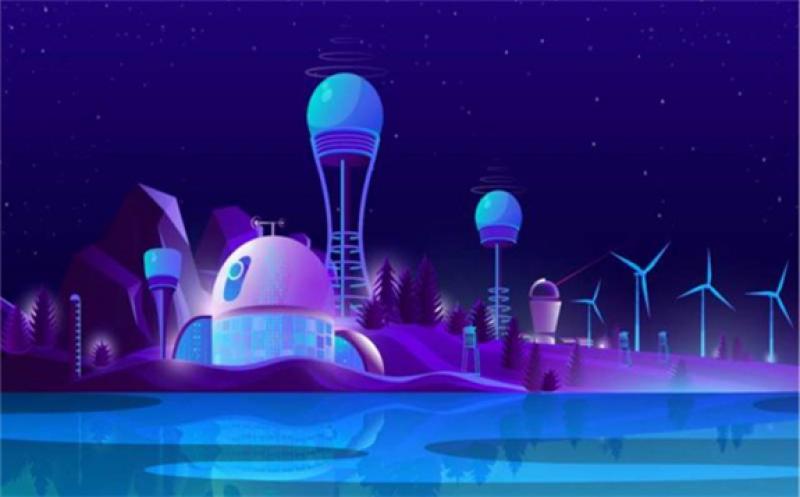The World Economic Forum has named green hydrogen among its top 10 emerging technologies of 2020.

Historically, hydrogen production via electrolysis has been impractical due to the high electricity requirement. But the situation is changing for two reasons, the WEF states in its comments.
First, significant amounts of excess renewable electricity have become available at grid scale, which can be used to drive the electrolysis of water and be ‘stored’ in the form of hydrogen. Second, electrolysers are becoming more efficient.
Companies are working to develop electrolysers that can produce green hydrogen as cheaply as grey or blue hydrogen, and analysts expect them to reach that goal in the next decade, the WEF points out.
Meanwhile, energy companies are starting to integrate electrolysers directly into renewable power projects. For example, the Gigastack project plans to equip Ørsted’s Hornsea Two offshore wind farm with 100MW of electrolysers to generate green hydrogen at an industrial scale.
Green hydrogen also has potential in sectors such as shipping and manufacturing, which are harder to electrify with current renewable technologies such as solar and wind as they often require fuel that is high in energy density or heat at high temperatures.
The Energy Transitions Commission industry group says green hydrogen is one of four technologies necessary for meeting the Paris Agreement goal of abating more than 10Gt of carbon dioxide a year from the most challenging industrial sectors, among them mining, construction and chemicals.
Electric aviation
In this context another of the top 10 emerging technologies is decarbonisation of air travel with electric aviation. Several companies are working on electric flight and flight-testing aircraft for private, corporate or commuter use. About 170 electric plane projects under way, according to the WEF.
Electric propulsion motors would eliminate direct carbon emissions and they have the potential to reduce fuel costs by up to 90%, maintenance by up to 50% and noise by nearly 70%.
For the foreseeable future, electric planes are likely to be limited in how far they can travel. Today’s best batteries put out far less power by weight than traditional fuels: an energy density of 250Wh/kg versus the 12,000Wh/kg for jet fuel. The batteries required for a given flight are therefore far heavier than standard fuel and take up more space.
Approximately half of all flights globally are fewer than 800km, which is expected to be within the range of battery-powered electric aircraft by 2025, the WEF says.
Computing, concrete and chemicals
Some of the other emerging technologies with an impact, albeit less direct on our sector, also can be highlighted.
One is spatial computing integrating virtual and augmented reality into the physical world and representing its ongoing convergence of the physical and digital worlds.
Another is quantum sensing exploiting the quantum nature of matter to reach extreme levels of precision. One application is quantum gravimetry in which a quantum gravimeter capable of measuring tiny changes in local gravity could detect buried pipes or cables that today can be reliably found only by digging.
A third is low carbon cement and concrete production. Cement production is currently on 4 billion tonnes annually but with urbanisation is expected to rise to 5 billion tonnes per annum by 2050. Cement production is believed to create up to 8% of human-produced carbon emissions currently and the pressure is on for a reduction.
The fourth is sun-powered chemistry, in which sunlight is employed to break down waste carbon dioxide into various chemicals. These compounds could then replace the traditional fossil fuel-based production in products ranging from medicines to detergents, fertilizers and textiles.
Emerging technologies
The top 10 emerging technologies are selected by an international group of experts convened by Scientific American and the World Economic Forum.
The technologies must have the potential to spur progress in societies and economies by outperforming established ways of doing things. They also need to be novel, i.e. not currently in wide use, yet likely to have a major impact within the next three to five years.
For the record, the other top 2020 emerging technologies, all health related, are microneedles offering the potential of pain-free injections and blood testing; virtual patients that can replace humans and speed up clinical trials; digital medicine apps that can diagnose and treat illnesses; and whole genome synthesis that could enable cure of genetic diseases.